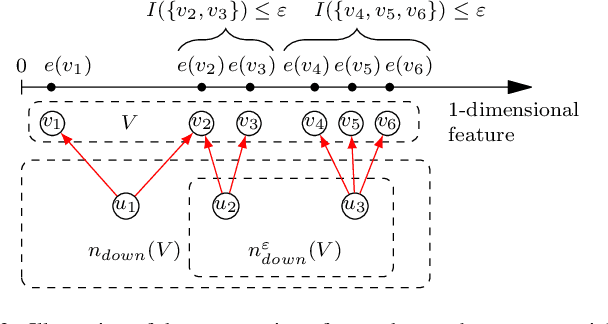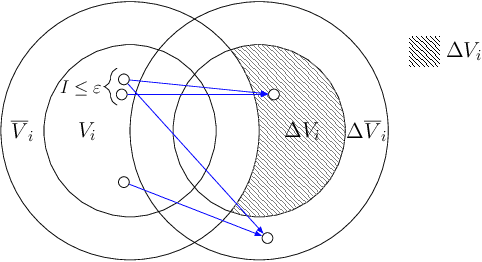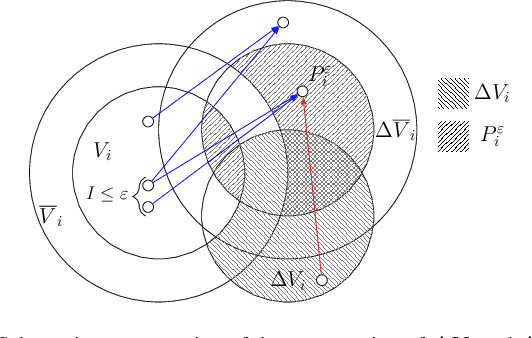Julio Laborde
Combining pre-trained Vision Transformers and CIDER for Out Of Domain Detection
Sep 06, 2023



Abstract:Out-of-domain (OOD) detection is a crucial component in industrial applications as it helps identify when a model encounters inputs that are outside the training distribution. Most industrial pipelines rely on pre-trained models for downstream tasks such as CNN or Vision Transformers. This paper investigates the performance of those models on the task of out-of-domain detection. Our experiments demonstrate that pre-trained transformers models achieve higher detection performance out of the box. Furthermore, we show that pre-trained ViT and CNNs can be combined with refinement methods such as CIDER to improve their OOD detection performance even more. Our results suggest that transformers are a promising approach for OOD detection and set a stronger baseline for this task in many contexts
Your most telling friends: Propagating latent ideological features on Twitter using neighborhood coherence
Mar 12, 2021



Abstract:Multidimensional scaling in networks allows for the discovery of latent information about their structure by embedding nodes in some feature space. Ideological scaling for users in social networks such as Twitter is an example, but similar settings can include diverse applications in other networks and even media platforms or e-commerce. A growing literature of ideology scaling methods in social networks restricts the scaling procedure to nodes that provide interpretability of the feature space: on Twitter, it is common to consider the sub-network of parliamentarians and their followers. This allows to interpret inferred latent features as indices for ideology-related concepts inspecting the position of members of parliament. While effective in inferring meaningful features, this is generally restrained to these sub-networks, limiting interesting applications such as country-wide measurement of polarization and its evolution. We propose two methods to propagate ideological features beyond these sub-networks: one based on homophily (linked users have similar ideology), and the other on structural similarity (nodes with similar neighborhoods have similar ideologies). In our methods, we leverage the concept of neighborhood ideological coherence as a parameter for propagation. Using Twitter data, we produce an ideological scaling for 370K users, and analyze the two families of propagation methods on a population of 6.5M users. We find that, when coherence is considered, the ideology of a user is better estimated from those with similar neighborhoods, than from their immediate neighbors.
 Add to Chrome
Add to Chrome Add to Firefox
Add to Firefox Add to Edge
Add to Edge